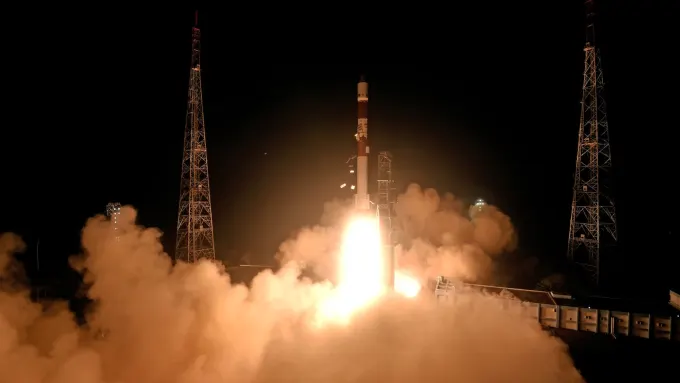
India successfully launched its first space docking mission, named Space Docking Experiment (SpaDeX), on December 30, 2024, marking a significant milestone in its space exploration efforts.
The mission, launched aboard the Indian Space Research Organisation’s (ISRO) PSLV rocket from the Satish Dhawan Space Centre in Andhra Pradesh, aims to demonstrate in-space docking technology, which is essential for future space missions, including satellite servicing and the operation of India’s planned space station.
The spacecraft reached an altitude of 470 kilometers, and the mission director confirmed the success within 15 minutes of the launch. This achievement positions India as the fourth country, alongside the United States, Russia, and China, to demonstrate this advanced technology.
The mission involves deploying two small spacecraft, each weighing around 220 kilograms, into orbit. They will demonstrate the transfer of electric power between the docked spacecraft, an important capability for applications like in-space robotics and spacecraft control. Additionally, the satellites carry advanced payloads, including an imaging system and a radiation-monitoring device for measuring electron and proton radiation levels.
ISRO Chairman S. Somanath confirmed that the actual testing of the docking technology will take place around January 7, 2025. The successful demonstration would further strengthen ISRO’s position as a key player in the global space industry, with potential future partnerships in missions requiring docking capabilities.








